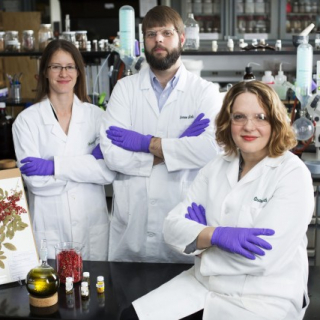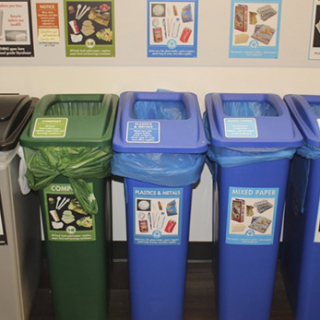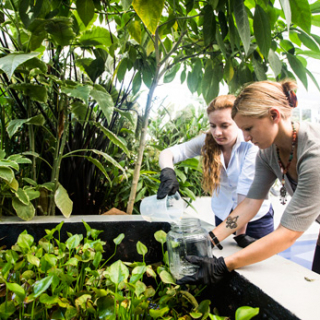Emory University ranked fifth nationwide in a “Campus Score” to measure the “urbanism, greenness and on-campus living” of 103 research-intensive universities in the US. Emory ranked first for the most greenspace of the campuses surveyed.


Emory University ranked fifth nationwide in a “Campus Score” to measure the “urbanism, greenness and on-campus living” of 103 research-intensive universities in the US. Emory ranked first for the most greenspace of the campuses surveyed.

In the summer of 2016, the Office of Sustainability Initiatives (OSI) announced the recipients of its inaugural Green Offices at Emory and Green Labs at Emory Incentives Fund programs, created to encourage students, faculty, and staff to contribute innovative ideas for achieving the goals outlined in Emory’s 2025 Sustainability Vision.

During the 2016 fiscal year, Emory successfully diverted 55 percent of waste materials from the landfill. With an almost 5 percent increase from 2015, the University is making progress toward achieving the goal of 95 percent diversion by 2025.

More than 40 species of elm are native to the Netherlands, the birthplace of Emory President Claire E. Sterk. As part of Sterk’s formal inauguration program Wednesday, she planted the Ulmus Americana, or American elm, on the Quad.

A new technology employed by Emory University to move toward a more efficient and sustainable electrical system has arrived on campus: Cogeneration or Combined Heat and Power (CHP), which will produce one megawatt of clean power for the campus.

The 2016 Sustainable Campus Index, a publication of the Association for the Advancement of Sustainability in Higher Education (AASHE), highlights top-performing colleges and universities in 17 areas and overall by institution type, as measured by the Sustainability Tracking, Assessment & Rating System (STARS).

Nestled in the acreage behind Emory University Orthopaedics and Spine Hospital (EUOSH), this small yet mighty garden provides an amazing bounty of organic, sustainably raised produce used in the preparation of patient meals.